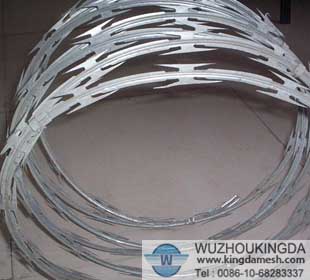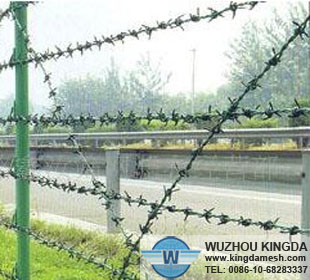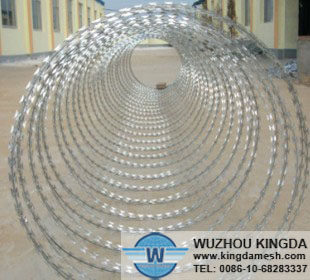Barbed Wire Fence Building Tips
Barbed Wire Fence Building Tips
Barbed wire fencing is an economical choice for ranchers and farmers who want to demarcate their properties, contain livestock and keep predators out. The fencing option is comprised of wooden or steel posts anchored in the ground, with two to four lengths of barbed wire running along the fence line. Although building the fence is a straightforward procedure, keep the following tips in mind to help smooth out hurdles along the way.
Materials
Essential tools and materials for constructing a barbed wire fence include 4- to 8-inch wide steel or wooden fence posts, post hole digger, fencing staples or fence clips, a wire stretcher, tape measure, pliers, stakes and string, hammer, nails and safety gear. Use disease-resistant, pressure-treated lumber whenever possible, or rust-resistant steel posts so the posts withstand natural elements and last many years without decay. Use galvanized fencing staples, fence clips or nails so they resist rust. Always wear heavy leather gloves, safety boots and heavy clothing.
Preparation
Before you begin digging holes for fence posts, request your local utilities company to send a representative mark the locations of underground utility lines on the ground. Dig around the marked spots so you avoid damaging them or injuring yourself while digging. Insert stakes in the ground where you want to install the fence, and join with lengths of twine to give you an idea of how much barbed wire you need. Multiply the result by two, three or four, depending on how many wires you want to install around the fence line.
Assembly
Insert the corner posts in 3-foot-deep holes and pack concrete into each to anchor them firmly in the ground. Brace corner posts using metal or wooden posts for additional stability. Keep the wires consistent on each post. Wind the wire around a corner wooden post and pull it along the adjacent post, winding it around each several times and stapling in place. Use a wire stretcher to pull the wire taut before attaching. For steel T-posts, attach lay-down fence clips to each post at the desired heights, and attach the wire to the clips along the fence line with nails.
Safety
Barbed wires are very sharp, so make sure you wear thick gloves when handling to prevent cuts or scratches. The wire is usually sold in 1/4 mile rolls that uncoil when unrolled for the first time, so weight the corners with heavy bricks to prevent injury. Insert a wood or steel rod between the roll and use as a handhold while dispensing the wire between posts. This allows the coil to spin freely around the rod, preventing direct contact with the prickly barbed wire.





